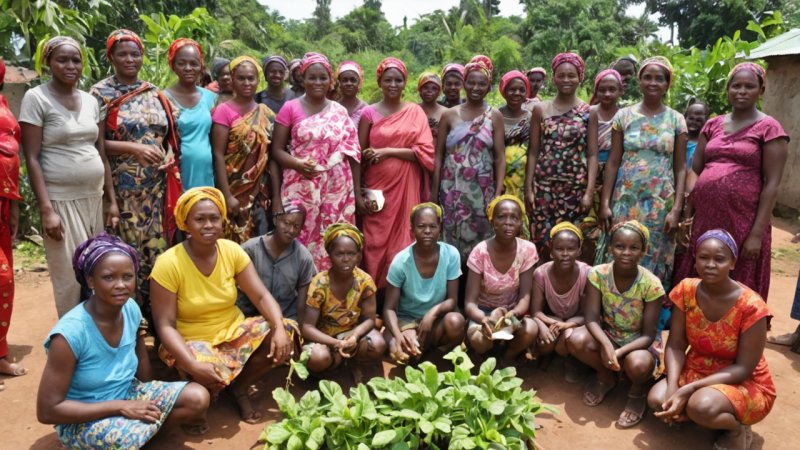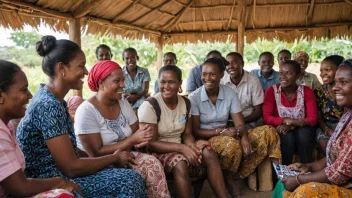The fight against poverty is an ongoing challenge, and creating sustainable poverty alleviation programs is vital for achieving lasting change. These programs must address the root causes of poverty while empowering communities to become self-sufficient. This article outlines effective strategies for designing and implementing sustainable poverty alleviation initiatives that inspire hope and resilience.
A successful poverty alleviation program begins with understanding the local context. Each community faces unique challenges, and it is essential to engage with residents to identify their needs and aspirations. Conducting community assessments can provide insights into the specific barriers to economic stability, education, and health care that residents face. By involving community members in the decision-making process, programs can be tailored to suit their specific circumstances, leading to higher levels of engagement and commitment.
Education is a cornerstone of sustainable poverty alleviation. Programs that focus on enhancing educational opportunities can empower individuals and families to improve their living conditions. Access to quality education not only boosts literacy rates but also equips individuals with skills that are vital in the job market. Initiatives such as after-school tutoring, adult literacy classes, and vocational training can help bridge the education gap and open doors to better employment opportunities.
Economic empowerment is another critical component of sustainable poverty alleviation. Programs that provide financial literacy training, job placement services, and access to microfinance can help individuals start their businesses or secure stable employment. For instance, a program that offers workshops on entrepreneurship can inspire community members to launch their ventures, contributing to local economic growth. Additionally, linking participants to local markets can ensure that their products reach consumers, thereby fostering economic sustainability.
Collaboration is essential for the success of poverty alleviation programs. Partnering with local organizations, government agencies, and businesses can create a network of support that amplifies the impact of individual initiatives. Collaborative efforts can lead to more comprehensive solutions that address various aspects of poverty, such as health care, housing, and food security. For example, a partnership between a local health clinic and a poverty alleviation program can provide essential health services to participants, improving their overall well-being and capacity to engage in economic activities.
Monitoring and evaluation are crucial in assessing the effectiveness of poverty alleviation programs. Regularly collecting data on program outcomes can help identify successes and areas for improvement. Engaging participants in this process not only enhances accountability but also fosters a culture of continuous learning and adaptation. By remaining flexible and responsive to the community's needs, programs can evolve and sustain their impact over time.
Finally, raising awareness about the complexities of poverty can help garner support for sustainable initiatives. Educational campaigns that highlight the systemic issues contributing to poverty can encourage community members and stakeholders to take action. By fostering a shared understanding of poverty, individuals can be inspired to volunteer, advocate, or participate in local initiatives, creating a ripple effect of positive change.
In summary, creating sustainable poverty alleviation programs requires a comprehensive approach that prioritizes community involvement, education, economic empowerment, collaboration, and ongoing evaluation. By focusing on these strategies, we can develop initiatives that not only alleviate poverty in the short term but also empower communities to thrive in the long run.
Empowering Communities Through Sustainable Solutions
Discover effective strategies for designing and implementing sustainable poverty alleviation initiatives that empower communities and inspire hope.






